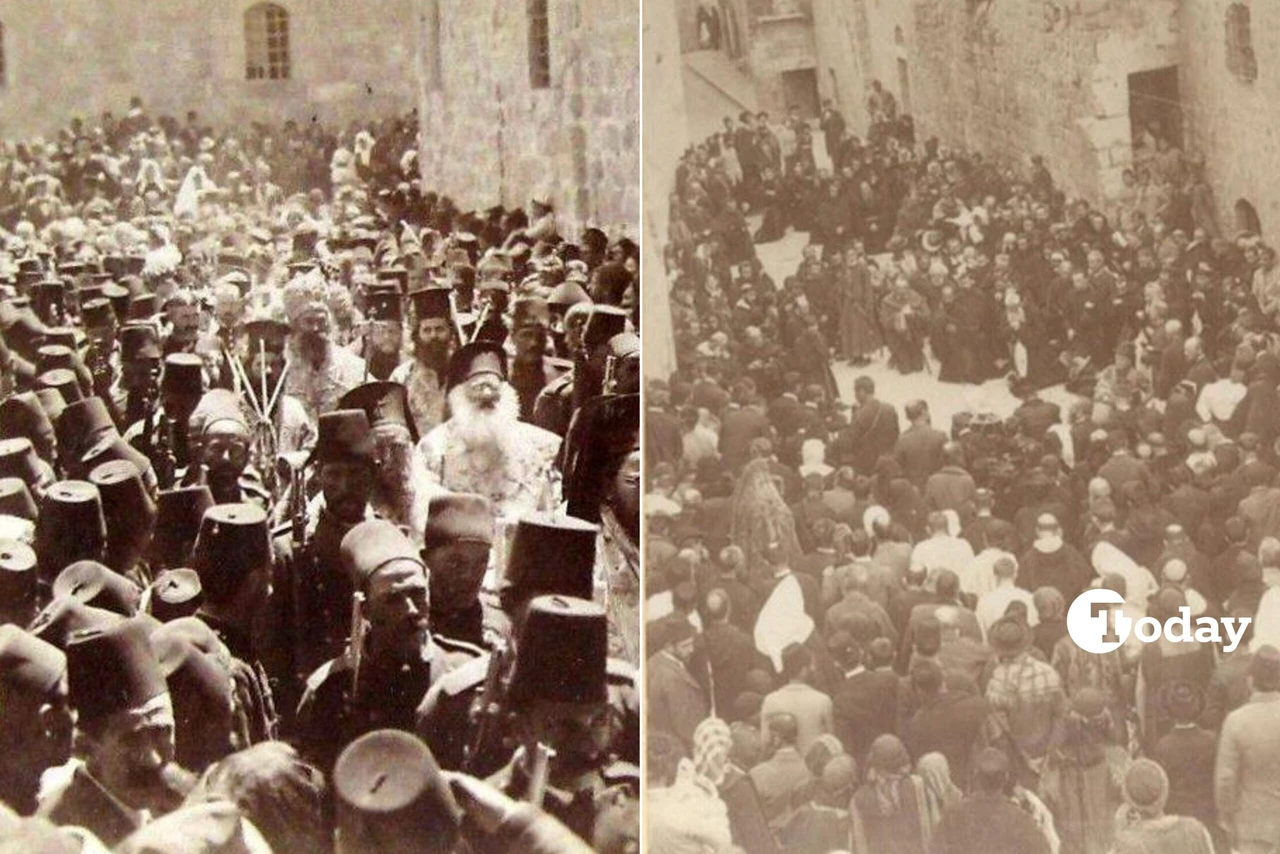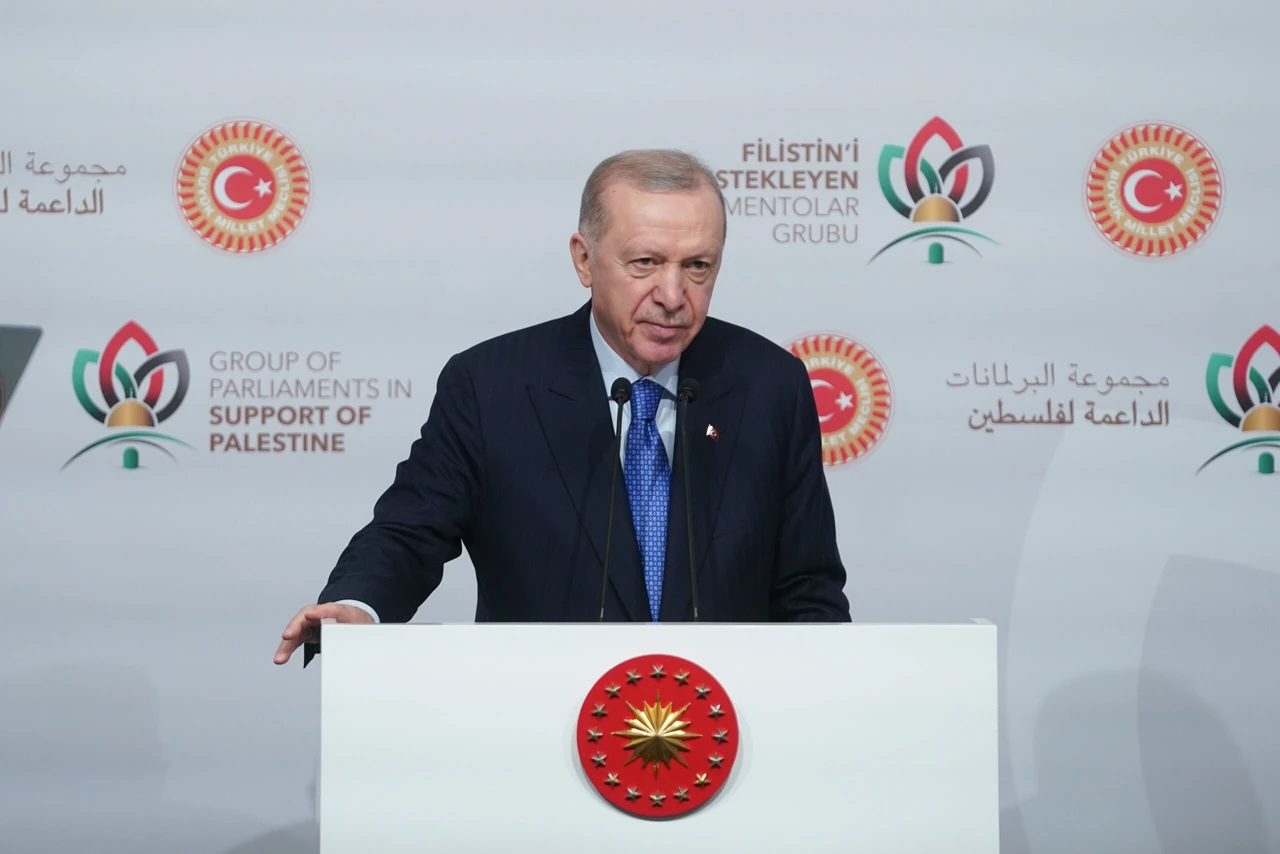Ancient animal figurines reveal spiritual secrets of Karaz culture in Türkiye’s Erzurum
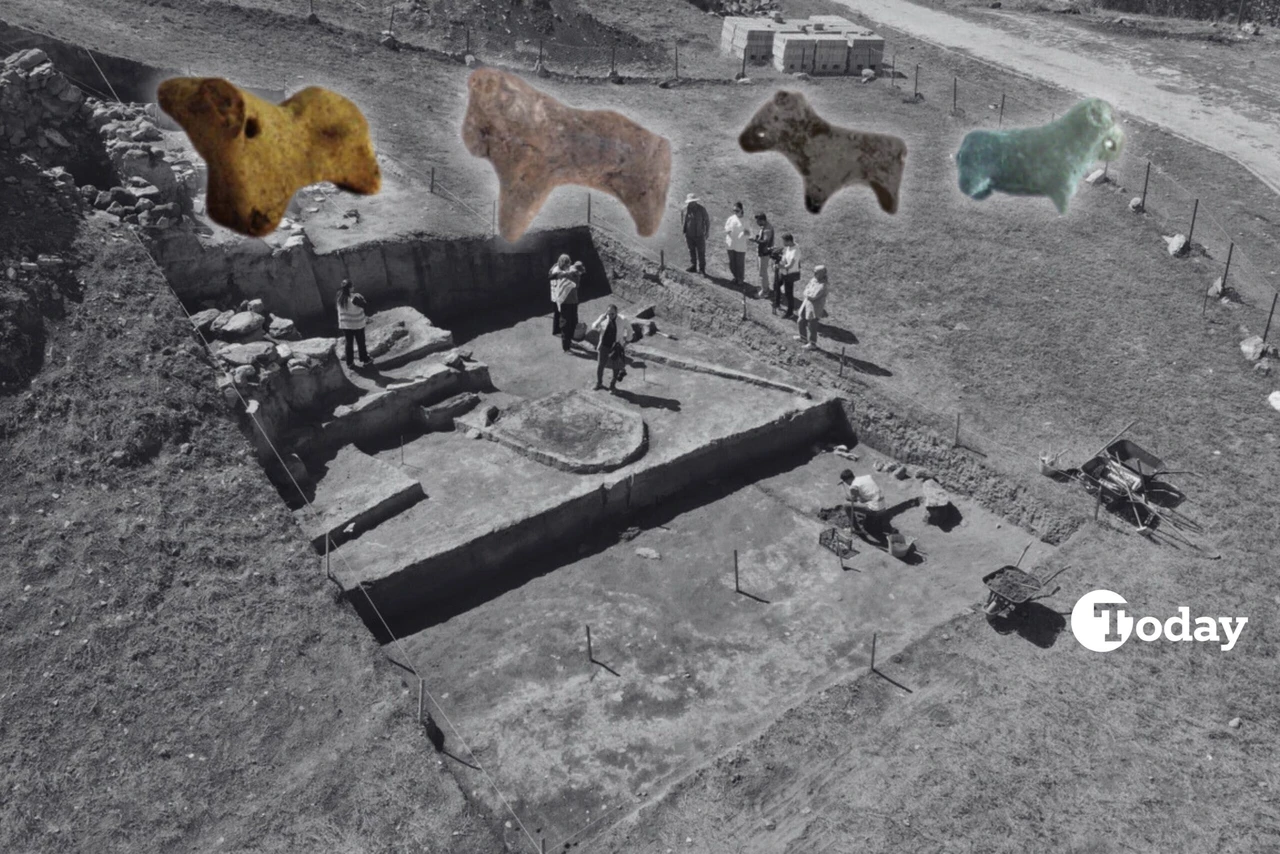 Aerial photo of Pulur Hoyuk in Erzurum, Türkiye and collage of animal figurines from the Karaz culture, April 8, 2025. (Photo collage by Türkiye Today team)
Aerial photo of Pulur Hoyuk in Erzurum, Türkiye and collage of animal figurines from the Karaz culture, April 8, 2025. (Photo collage by Türkiye Today team)
An intriguing study has been conducted on 20 terracotta animal figurines from the Karaz culture housed in the Erzurum Archaeology Museum. These artifacts, unearthed during early excavations at Pulur Hoyuk, Guzelova Hoyuk, and Sos Hoyuk, represent fascinating animals, including bulls, rams, sheep, birds, and unidentified species.
The research, carried out by Rabia Akarsu and Elif Sener, highlights these figurines’ spiritual and cultural significance, dating back to the Late Chalcolithic and Early Bronze Ages.

Traces from the Caucasus to Central Anatolia
Spanning a vast region from the Caucasus Mountains to the eastern Mediterranean and from the Caspian shores to the central Anatolian plains, the Karaz culture—also known as the Kura-Aras culture—flourished during the fourth and third millennia B.C.
Although excavation data from Pulur and Guzelova remain inconclusive, findings from Sos Hoyuk have provided stratigraphic clarity and radiocarbon dating, confirming the antiquity of the figurines.
According to researchers, these artifacts not only reflect the material culture of ancient societies but also offer insights into their social life and spiritual beliefs.
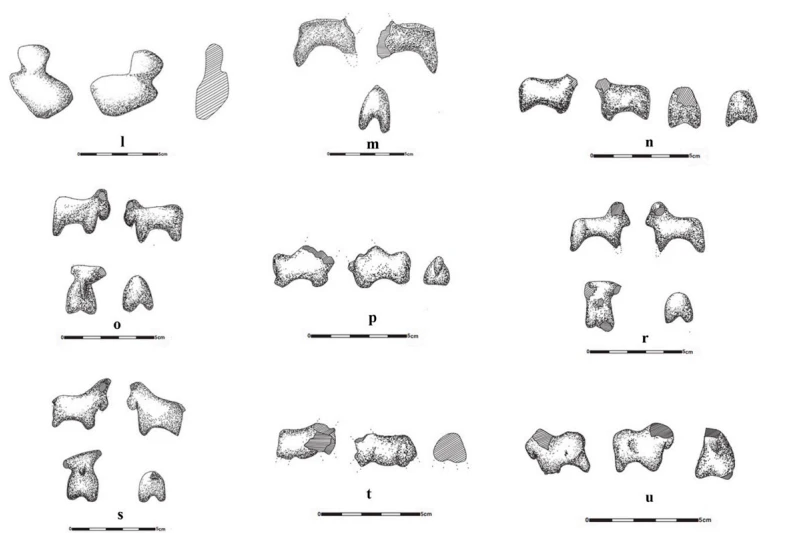
Rituals, totems or toys?
“These terracotta figurines might have been used as toys by children, educational tools by adults, talismans for wishes, commemorative objects for the dead, or as part of religious worship,” the study states.
Since these communities lived before the invention of writing, determining their exact function is challenging. However, the positioning of figurines around hearth structures in these ancient settlements strongly suggests a ritualistic or religious purpose.
Sacred fire and symbolic animals
The researchers emphasize the symbolic significance of fire and hearths in Karaz society. “While fire held sacred meaning, animal figurines likely carried spiritual weight,” the study notes. Domesticated animals such as rams, sheep, and bulls—vital to the Karaz people’s livelihood—appear to have played a central role in their belief systems.
The figurines, linked to a culture heavily reliant on livestock breeding, suggest a strong connection between agriculture, abundance, and religious practice. At Pulur-Sakyol Hoyuk, for instance, bird-faced jars found in a temple area highlight an underexplored symbolic domain.
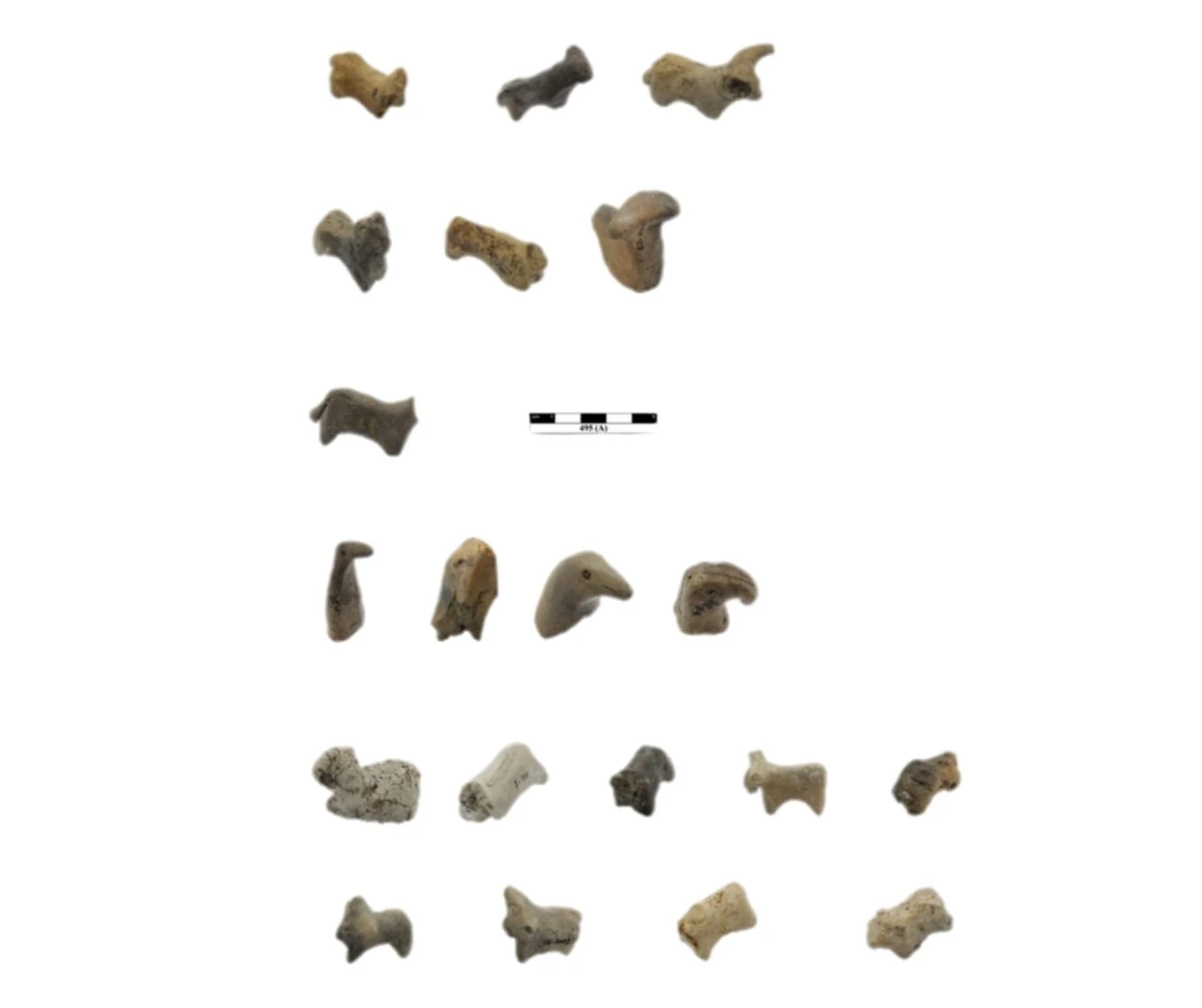
Birds as symbols of the spirit
Though little direct evidence exists to decipher the symbolic meaning of birds in Karaz culture, the study draws parallels with earlier traditions. “In Paleolithic rock art and Neolithic temple walls, bird motifs are commonly associated with the soul and themes of spiritual rebirth,” the researchers write.
The similarities found among figurines across various Karaz culture sites indicate shared religious beliefs and significant cultural interaction among these prehistoric communities.
What is the Karaz culture?
The Karaz culture is an Early Bronze Age civilization dating from the late fourth to the third millennium B.C. First identified by Soviet archaeologist Boris Kuftin in 1940, the culture—also referred to as the Kura-Aras culture—spread across Eastern Anatolia, Transcaucasia, Azerbaijan, and northwestern Iran.
Its geographical reach extends from the Northern Black Sea Mountains and Transcaucasia in the north to Lake Urmia in Iran to the east, from Divrigi–Kangal and Malatya–Elazig in the west to the Kahramanmaras–Amik Plain–Palestine corridor in the south.
Today, the cultural footprint of Karaz encompasses modern-day Georgia, Armenia, Azerbaijan, eastern Türkiye, and parts of northwestern Iran.
